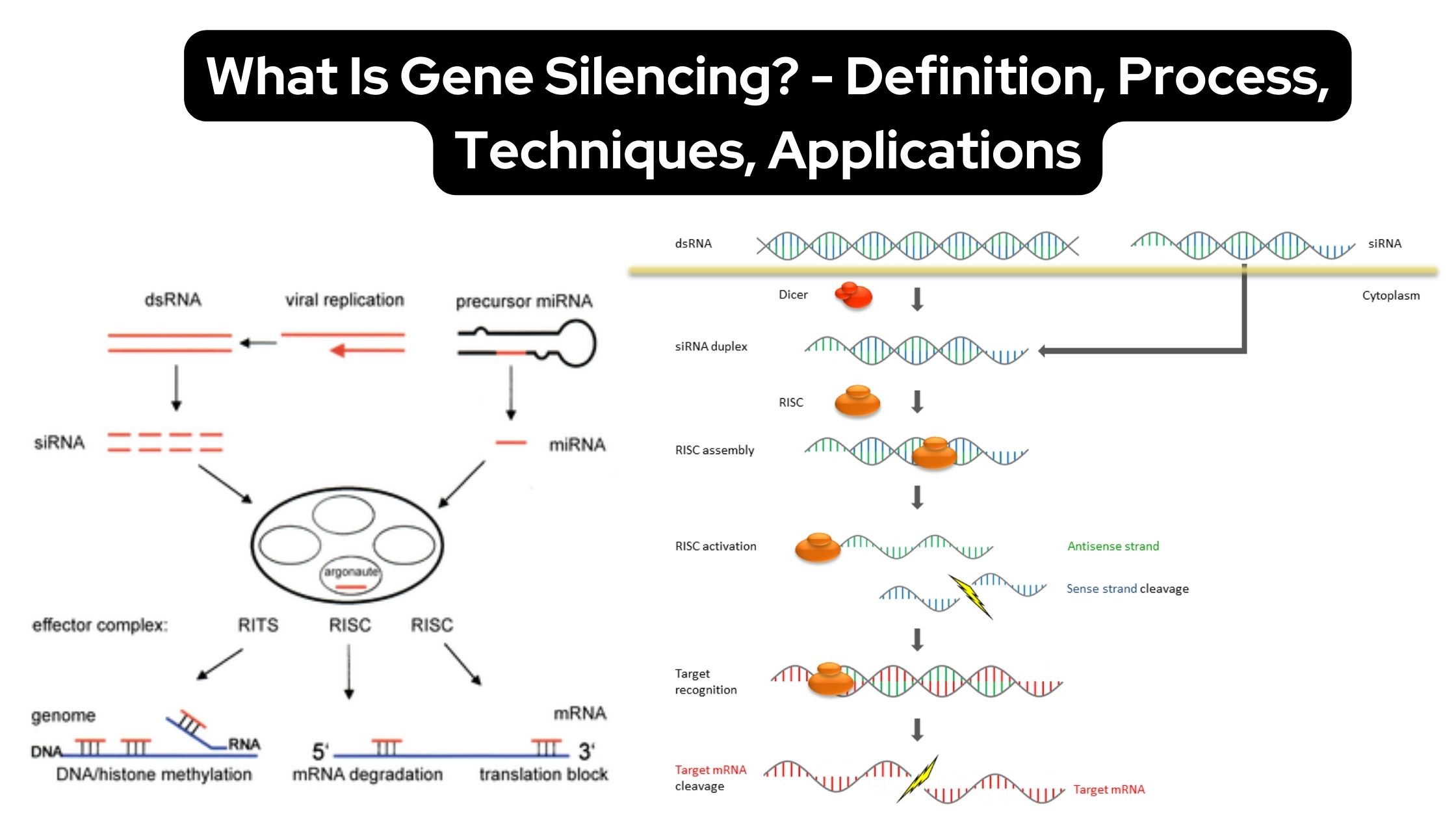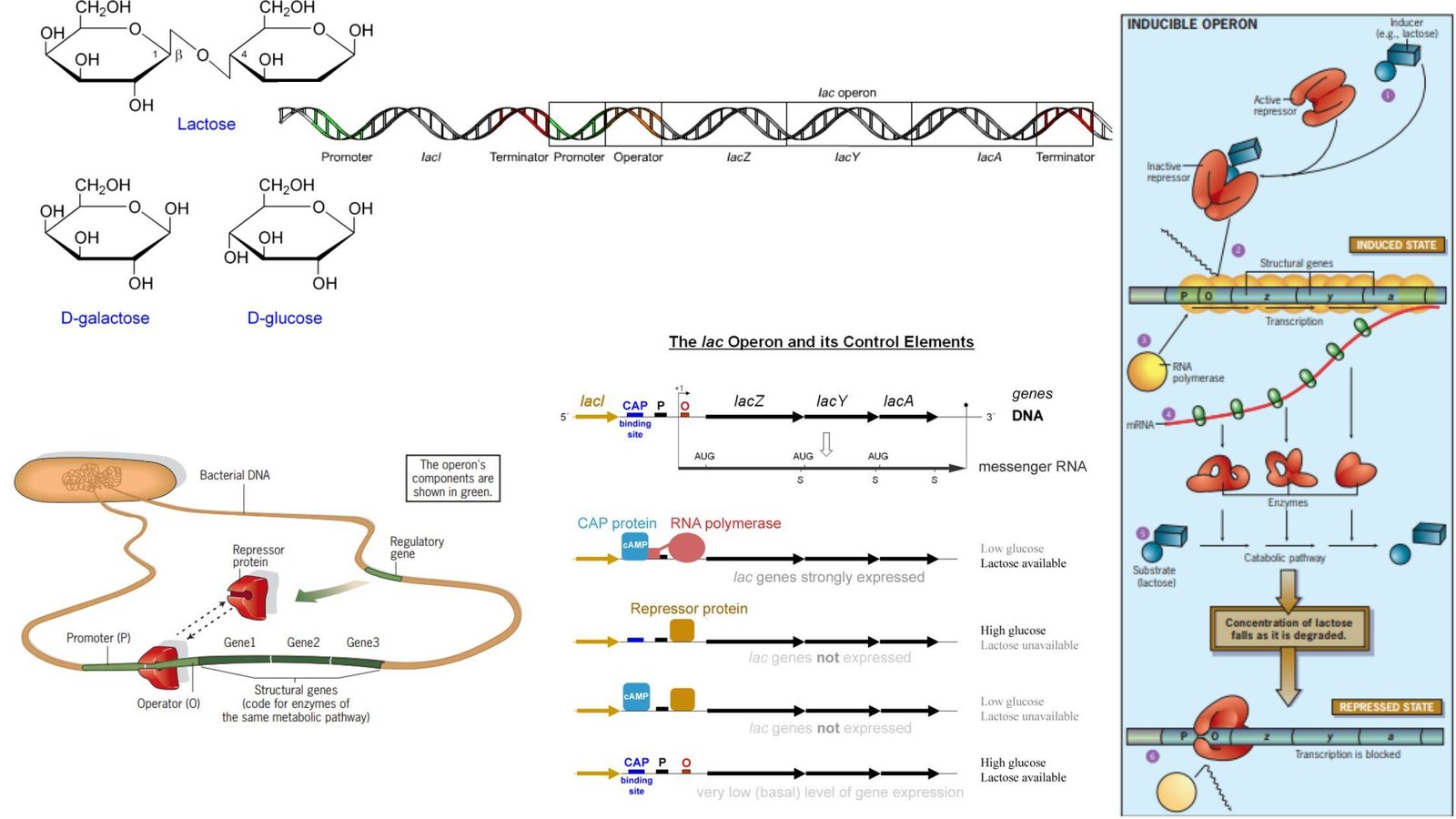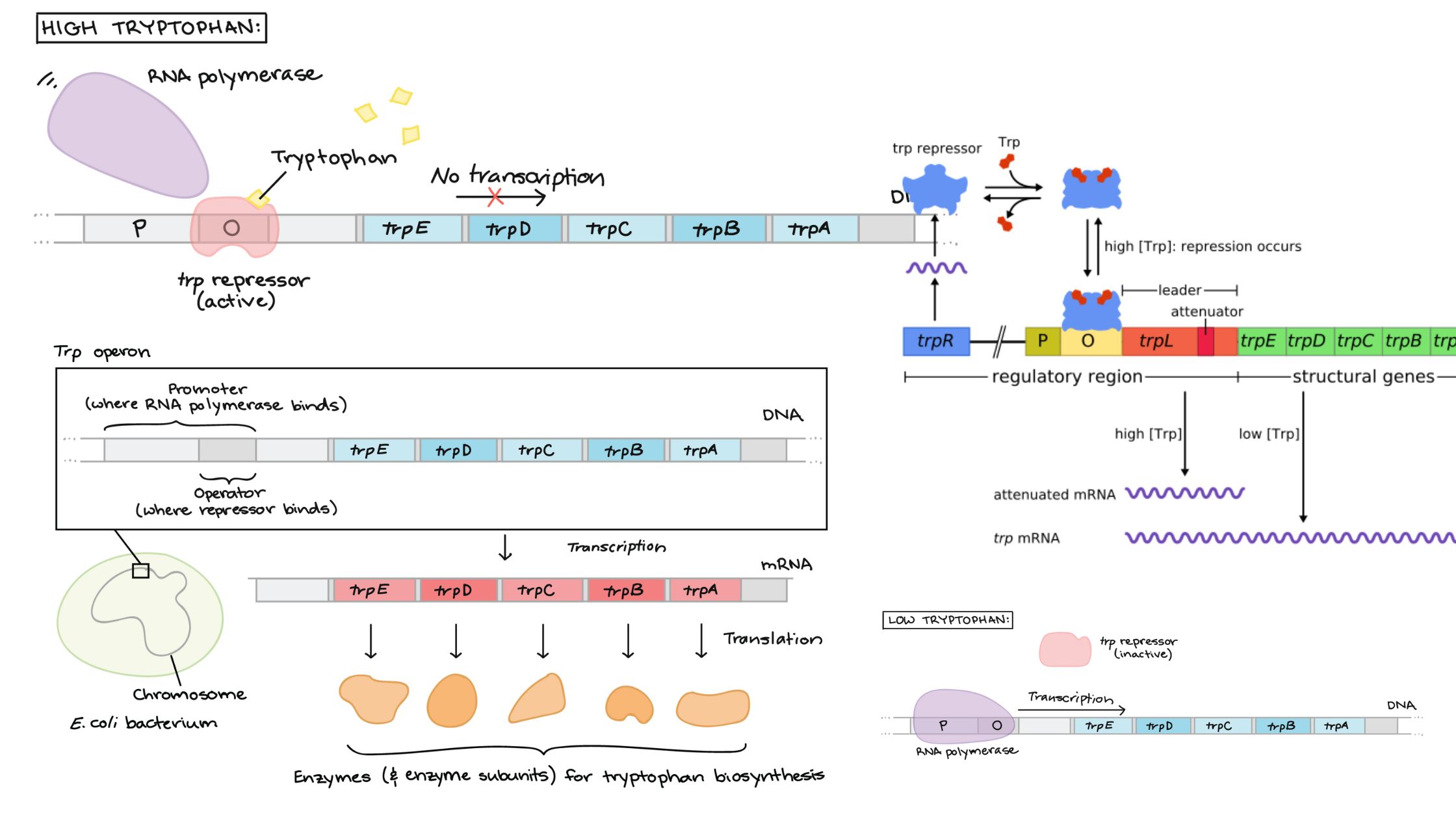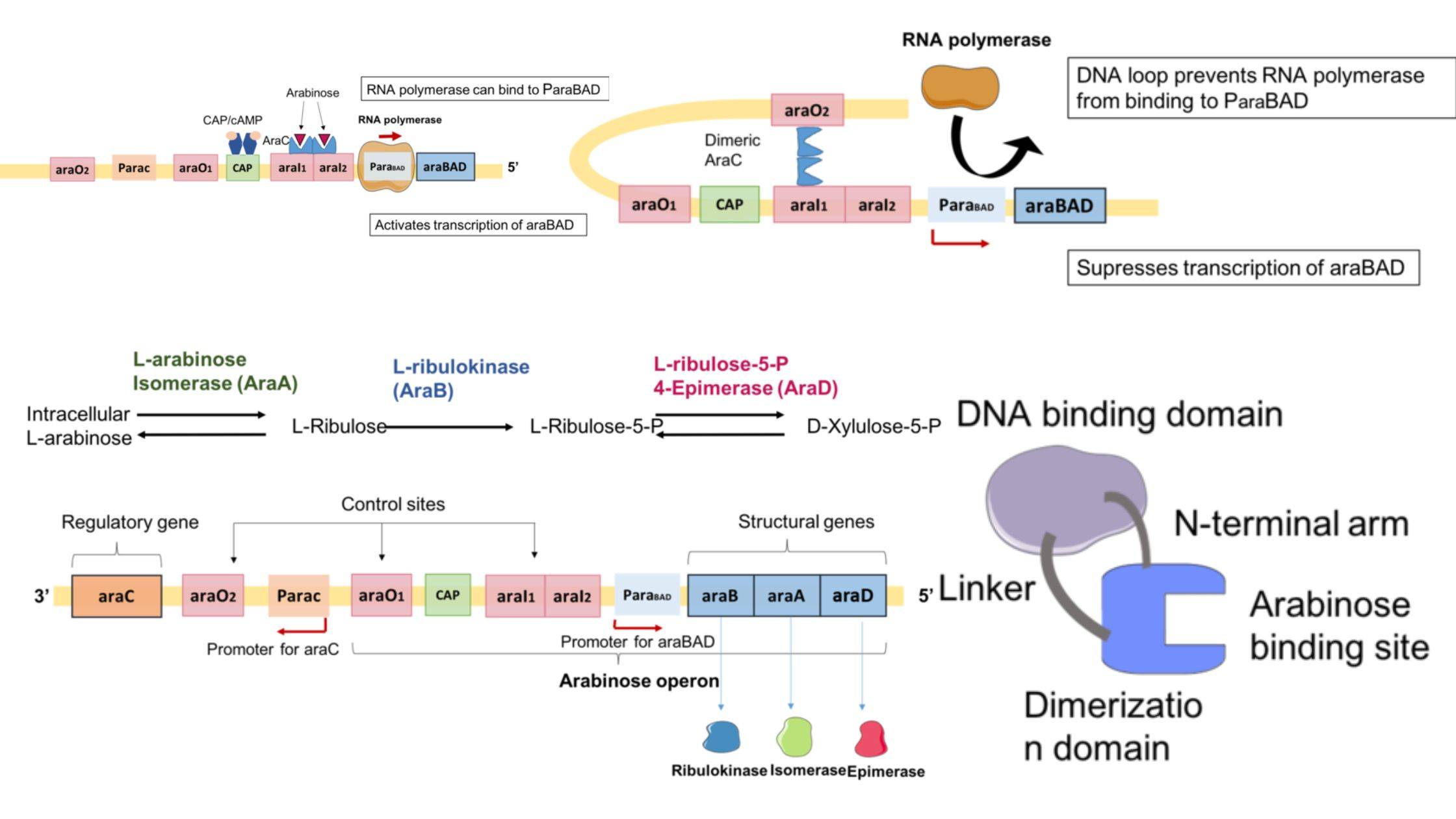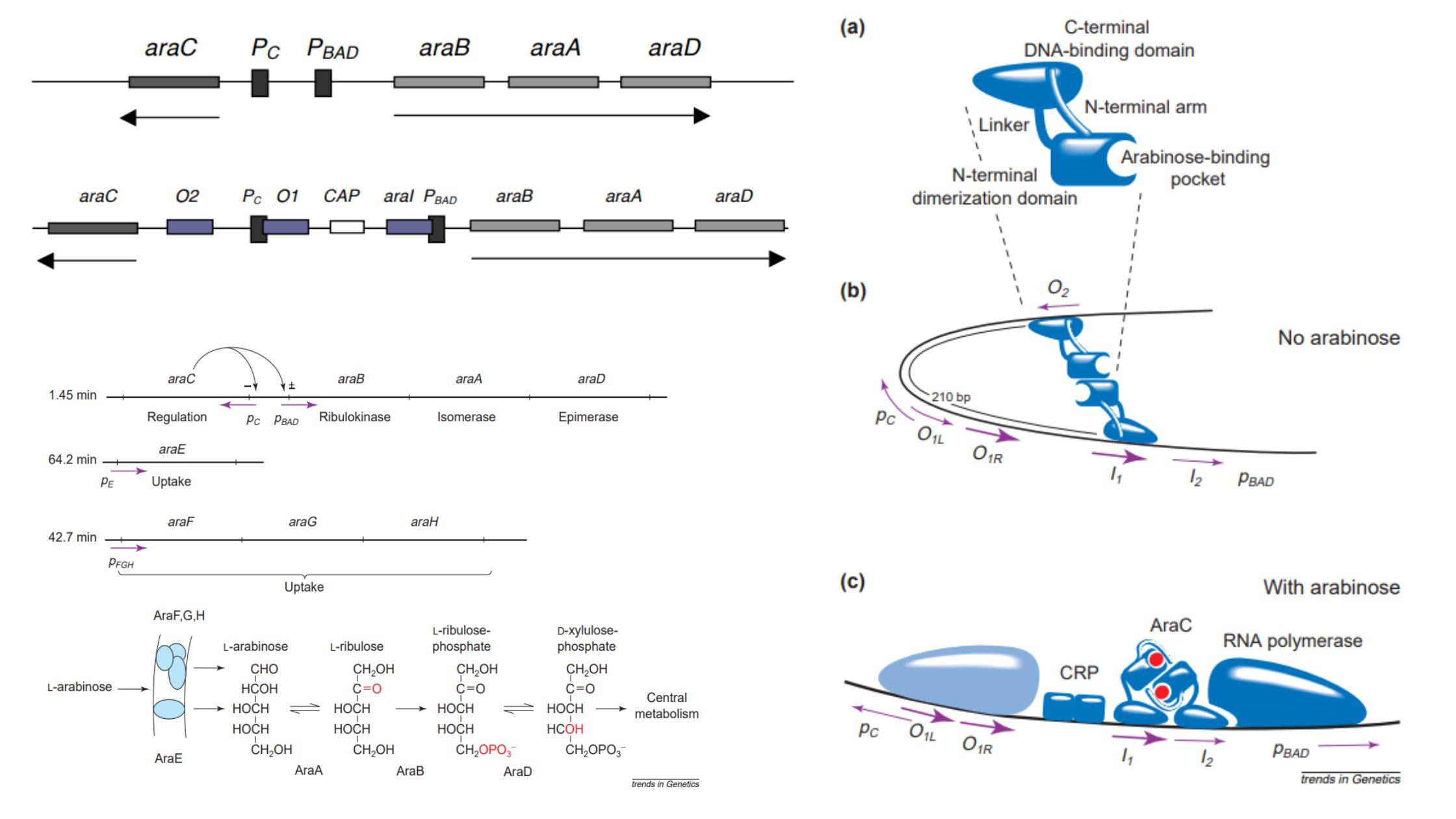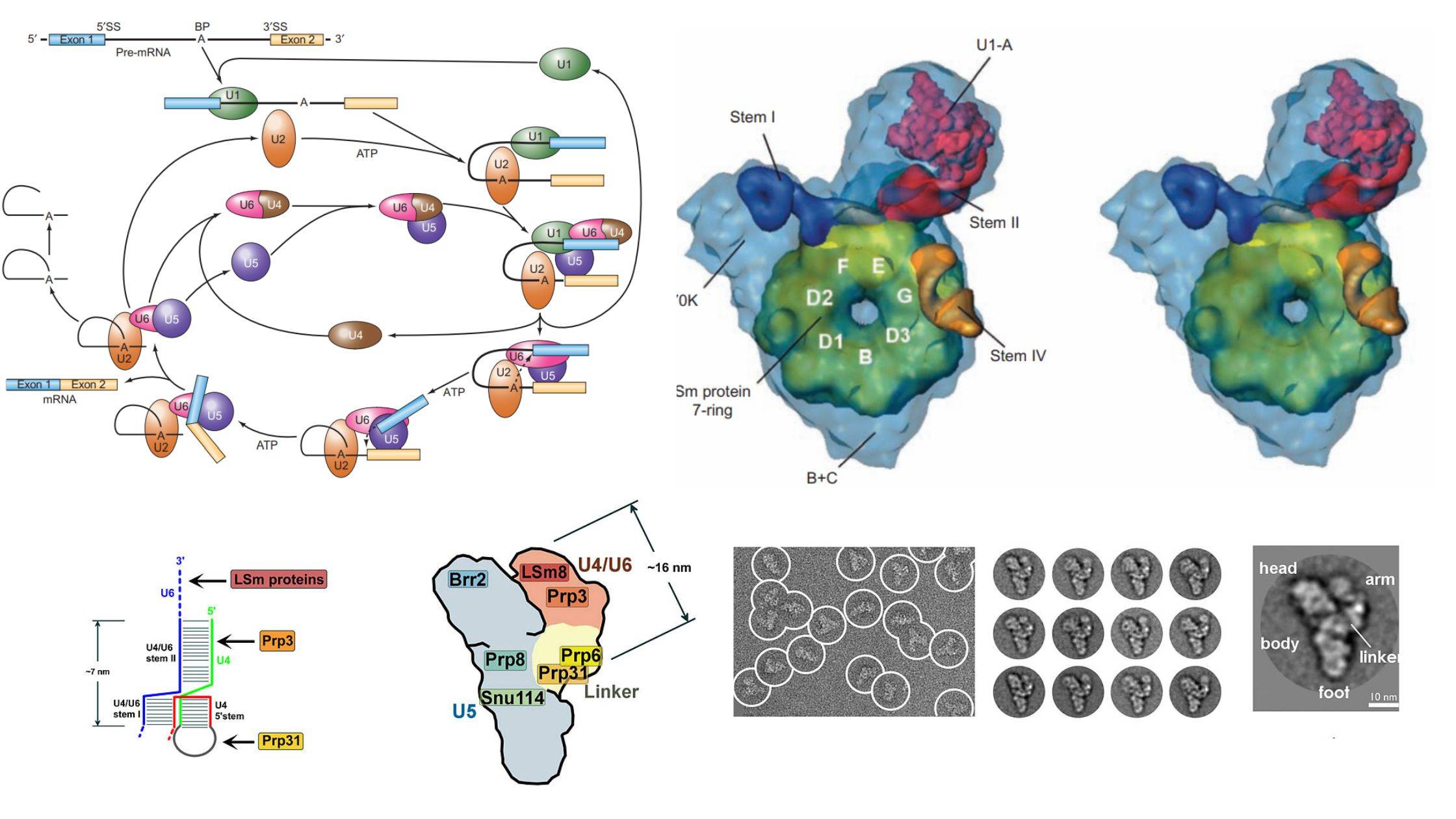Naked DNA – Definition, Applications, Advantages, Disadvantages
DNA has long been regarded as a critical component in gene therapy. A recent discovery, however, has thrown light on a strange type of DNA that persists in its surrounding environment without any protein or lipid bonds. Because of its possible applications in gene therapy trials, this phenomenon, known as “naked DNA,” has piqued the … Read more

